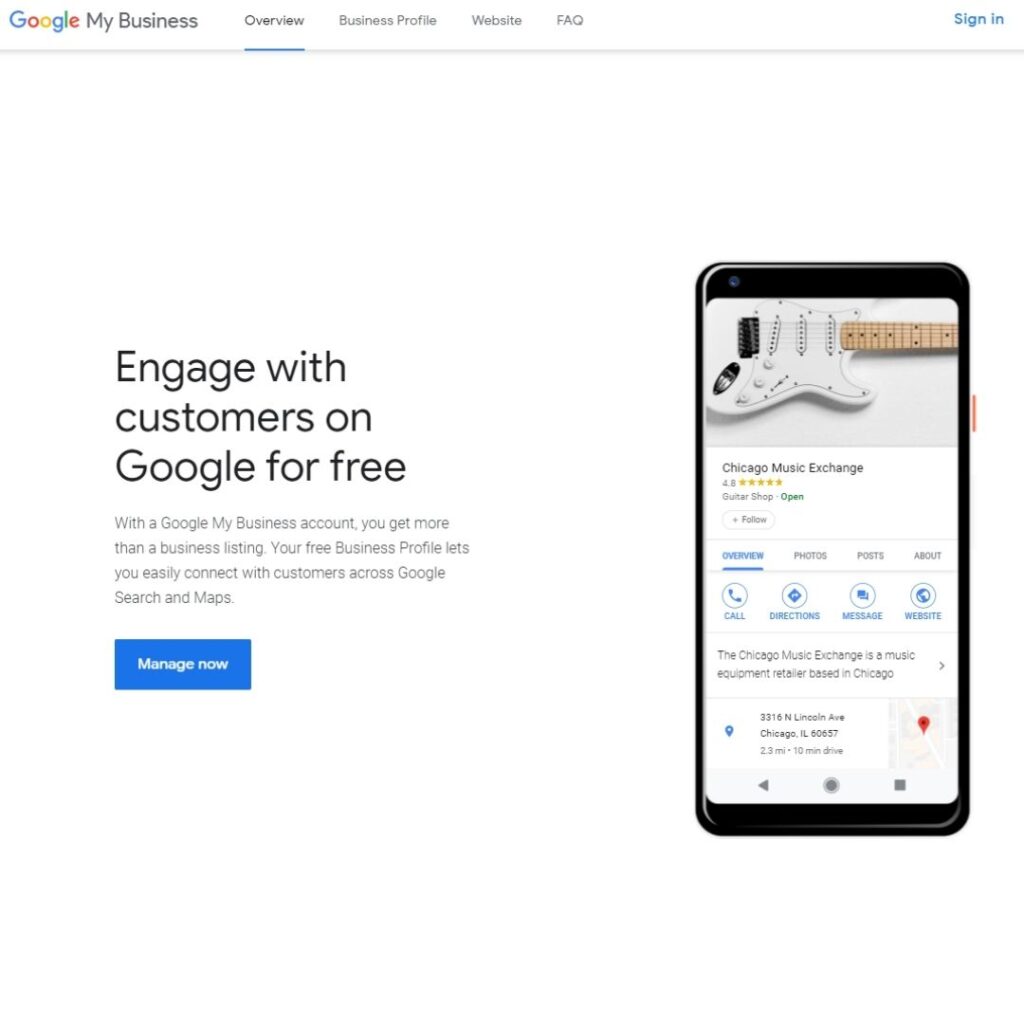Organic SEO Strategies to Help Your Business Get Found on Google
Getting found online requires a multi-step approach to organic SEO strategies. You’ve probably heard the acronym SEO thrown around a lot in the last few years. That’s because it’s become one of the most important terms for your business online. SEO or search engine optimization is exactly that, optimizing your online presence so that search engines find it and show it to your ideal customers. Sounds simple right? Well, it’s actually not as simple as it sounds and the algorithm’s for the most common search engines, Google, Yahoo, and Bing, are constantly changing.
Though there are many paid ways to get your website and social accounts at the top of a search, organic SEO, the slow and arduous path, is actually the best one for long term success. Establishing good SEO does not happen overnight and requires many facets of the online world to be successful.
It’s usually recommended to begin working on SEO during the set up of your website and brand, though you may already be past that point. If you created your own website or if your web developer didn’t discuss SEO with you, it’s probably safe to assume your website is not optimized for search engines. That’s okay, it’s never too late to begin working on your brand’s organic SEO and improve your search rankings.
We’ve compiled a list of the top 6 ways to improve your SEO organically. These steps may take some time to complete, but you will be so happy you invested in it!
1.Website Speed & UX
One of the biggest search engines is Google, therefore, they tend to set the rules for SEO. In 2021, Google is switching things up again in their efforts to improve searches for users. For years it was popular to make your website a highly stylized brochure. The idea was to wow visitors and keep them on your site as long as possible so that search engines graded your website as helpful. This strategy is great for design and branding, although it led to slow website loading speeds, poor user experience or UX, and decreased lead generation.

In an effort to support the end user, Google is going to penalize slow and clunky. This is why website speed hits the top of their list for search engine rankings. Your website should be quick and have a simple and effective UX centered around lead generation. Google has found the user is changing and wanting information quickly and concisely.
Take some time to review your current website and ask yourself these questions:
- Does my homepage lead visitors to where I want them to go?
- Are my visitors following my website sales funnel (i.e. lead generation tools)?
- Are navigation menus easy to find and use?
- Are my web page load speeds long on desktop? Tablet? Cell phone?
You can use applications like the ones below to test your website speed. They will give you recommendations on improving page speed. One of the most common issues we see is image size. Website images don’t have to be as large as printed ones, so you may be able to optimize your website speed by just decreasing the size of your images.
2.Organic SEO Content
The entire reason people visit your website is for your content, right? They want to quickly learn about your business and what you offer as well as get helpful resources and information. Have a variety of pages and posts on your website help with SEO by giving Google more to read, evaluate and rank, though you want to ensure the content is what your user wants and makes the most sense for your products and services.

You want your content to be high-quality with no spelling or grammatical errors. You also want to make your content easy to read with shorter paragraphs and mixed sentence lengths. Subheadings and images help users easily find what they are looking for on your web pages. Lastly, use bullet points for lists to break up information.
Rules for Your Organic SEO Content:
- Easy to read
- High-quality
- Shorter paragraphs
- Mixed sentence lengths
- Images and graphics
- Sub-headers
- Bulleted lists
3.Keywords & Content Clusters
One of the most important aspects of your content is use of keywords and phrases. Your website pages and blogs should be focused around keywords that you know people search for and you want to rank for.
The goal is to land on page one of any Google search. If you are doing really good, you will be in the first three results for your key search terms. If you haven’t done any organic SEO, do a few searches of keywords or phrases that align with your business. Where does your business land? If you don’t see your business right away, you can use free tools to start looking for relevant keywords and possible rankings. Uber Suggest is a handy tool that tells you where you rank for specific keywords, gives you recommendations on related keywords, and shows you what other websites are ranking for those words.
When choosing keywords for your business, make a list of your services or products. From that list, add words or phrases that relate. These are short-tailed keywords. Depending on the short-tailed keyword, they tend to be more popular and therefore are harder to rank for when you are new to the online world. Now that you have a list, start thinking of long-tailed keywords that align with your list. This includes short phrases, common questions, and voice search phrases (i.e. best restaurants near me). If your company is located in a specific region only or has a brick and mortar shop, you want to include location specific keywords like these in your web pages.

You will use these keywords to write web pages for your brand, including product and service pages and your home page. Additionally, you want to regularly create blog content using these keywords. Content should be focused on what your customer needs. These questions can help you figure out content ideas for your blog:
- What questions do your customers always ask?
- What information do your customers need to make a decision about your product or service?
- What problems are you solving for your customers?
4.Optimize Content for SEO
Once you’ve written your page or blog content, you want to optimize it for organic SEO. You can easily do technical SEO with a WordPress plugin like Yoast SEO, which will guide you through the optimization steps. These include:
- Selecting a focus keyword.
- Writing a meta description using your keyword.
- Adding your focus keyword in your article in the headings, subheadings, and first paragraph.
- Adding your focus keyword in your image alt text.
- Using external and internal linking.
- Length of content suggestions.
- Readability.
- And more!
Additionally, you want to ensure you are using a variety of related keywords in your content. There are tools, such as MozBar, SEM Rush, and Neil Patel SEO Analyzer that will grade your content for organic SEO and suggest ideas to improve your ranking.
5.Set Up Google My Business
Even if you have an online business, setting up and using Google My Business is a great way to organically improve your organic SEO. If you have a brick and mortar, this will add your business to Google’s map when someone searches for businesses like yours.
Don’t forget to add photos of your brand, products or services, team members and more to your Google Business page. You can also post promotions, events or blog posts.

Lastly, have your customers rate and review you on Google to improve your report. You can get a sharable link that takes your customers straight to your Google review page to make this process even easier!
Part of using Google My Business is using consistent business information across all platforms. Start with your Google My Business account and use all the same information you used there in any other place your business is mentioned, including social media accounts, association or organization directories, your own website, other websites that mention your company. Check the structure of your business address. Did you use Ct or Court? Did you list your website as https or http? This consistency will allow search engines to quickly recognize your business in all of these locations.
6.Create and Use Social Media for Your Business
Do you have social media for your business? If you don’t, you should choose one or two platforms that your ideal customer hangs out on. Optimize your social media account with a profile picture, cover photo, and about section. Link your social media pages to your business website and post regularly.
If you write weekly or monthly blog posts, share these on social media to get your ideal customers visiting your website and reading your content. Using social media for your business can help with organic SEO and drive traffic to your website.
These six steps will help you increase your SEO organically and help your ideal customers find you! Though they will take some time to develop, you will be so happy you spent the time and energy into your online presence. Consider it part of your marketing and sales strategy. Just as you would invest in your sales and marketing staff, you should invest in your online presence.

